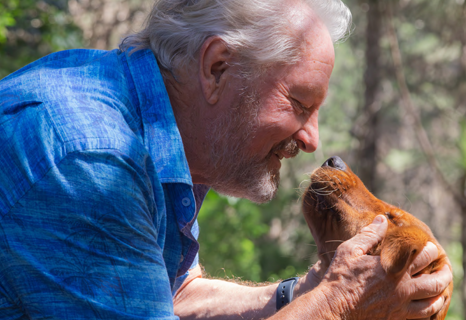
Mark Vette is a world-renowned Animal Behaviourist, Zoologist and Trainer. He brings together a unique combination of academic studies with 40 years of applied clinical animal behaviour consulting and treatment. Mark is a member of the International Association of Animal Behaviour Consultants. This article was written by Mark and the views expressed are his own.
Whether it’s the end of a holiday break, a return to the office, or a change in work hours, your pet may struggle to adjust when your routine shifts. Dogs and cats thrive on consistency, so sudden changes—especially ones that mean more time alone for them—can lead to stress, anxiety, or behavioural issues.
If your furry friend seems unsettled when you're away more than usual, don’t worry—there are ways to help them through the transition.
Animal Behaviourist Mark Vette provides some expert tips to ease separation anxiety and support your pet in adapting to a new normal.
1. Gradual routine changes
In an ideal world, before the transition you will begin adjusting your pet’s schedule to mimic the routine they’ll experience once your schedule changes.=
For dogs:
- Gradually reduce the length of time spent with them during the day
- Start introducing periods where they’re alone in another room or outside, building up their tolerance for separation
- Schedule walks and feeding times to align with your new routine (this may mean getting up earlier than your usual schedule - sorry!!)
For cats:
- Begin feeding them at consistent times that match your new schedule
- Offer independent play opportunities, such as puzzle feeders or interactive toys, to encourage self-entertainment
- A Catio is a great addition to a cat’s life and within it you can create areas that will provide your cat with more enrichment while you’re out for the day - runways, toys, sunny areas perches they can look out of, obstacle courses, cat towers and a litterbox etc.
2. Create a safe and stimulating environment
A mentally and physically enriched environment can reduce anxiety and boredom.
For dogs:
- Provide toys that challenge them, such as treat-dispensing puzzles or chew toys
- Rotate toys regularly to keep them novel and engaging
- Consider leaving the TV or radio on with calming sounds or dog-friendly programming
- Ideally offer access to both an indoor and outdoor space e.g. use a dog door so they can come into the main social area of the home (to provide a sense of comfort and safety) as well as to a safely fenced backyard (for a more stimulating environment to sniff and play). If you don’t trust your dog to roam freely inside the home, create a restricted indoor zone e.g by giving access to a laundry or sunroom, or pushing a crate or crate and play pen against the dog door to create a contained indoor zone
For cats:
- Install window perches or cat trees to provide elevated views of the outside world
- Leave scratching posts and interactive toys accessible
- Use calming pheromone diffusers to create a relaxing atmosphere
- If you have an indoor cat, provide a catio or cat-proof outdoor space for more stimulation and fresh air
For both:
- A treat-dispensing pet camera is an awesome way to check in on your pet, communicate with them while you’re out, treat them for calm behaviour and provide excellent stimulation. There are a variety of options on the market now that allow you to see and hear your pet, broadcast your own voice back and dispense a treat through your smartphone so that you can engage with them or reward calm behaviours. This is a tool I highly recommend, especially for dogs that struggle with separation anxiety.
3. Practice short departures
Help your pet become comfortable with your absence by practicing short departures:
- Leave the house for brief periods, gradually increasing the duration
- Avoid making a big fuss when leaving or returning. This minimises the emotional highs and lows associated with your comings and goings
- Reward calm behaviour with treats or praise upon your return
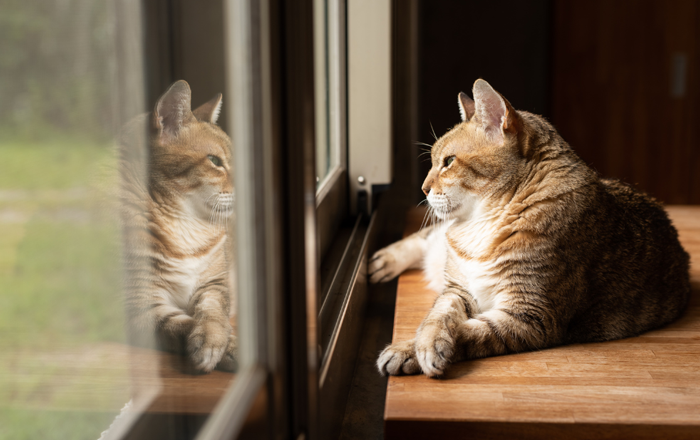
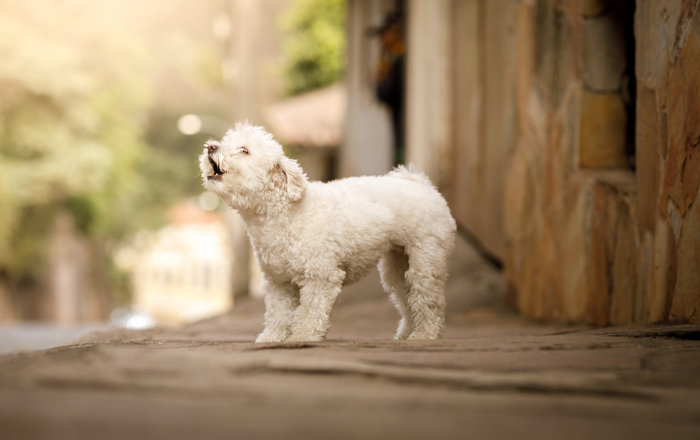
4. Provide exercise and stimulation before you leave
A tired pet is a relaxed pet. Ensure they get adequate physical and mental stimulation before you head out:
- For dogs, a brisk walk or a game of fetch in the morning can help burn off energy and use a tricky puzzle feeder for breakfast for some extra brain work
- For cats, interactive play sessions with a wand toy or laser pointer can satisfy their hunting instincts
5. Enlist help if necessary
If your pet struggles with long hours alone, consider:
- Hiring a dog walker to break up their day
- Enrolling your dog in daycare a few times a week (awesome for exercise, stimulation and socialisation)
- Asking a trusted friend or neighbour to check in on your cat
- Dog sharing - do you have a friend, family member or neighbour that’s at home during work days who would love to hang out with your dog? It can be a real win-win for all involved!
- Campaigning your work to allow some dog-friendly days in the office! If it is safe and sanitary to do so at your workplace, there are considerable benefits for all involved
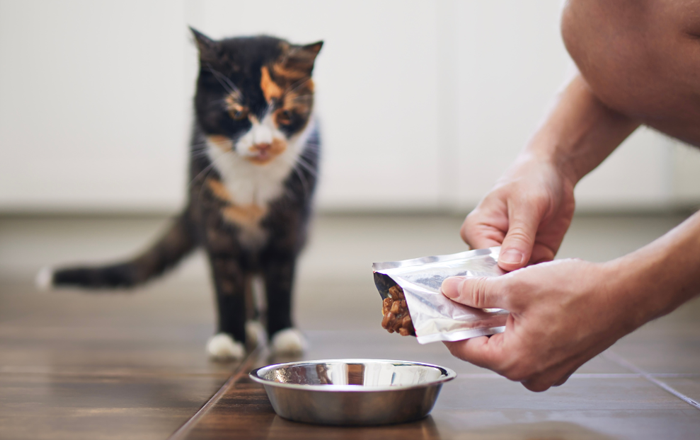
6. Watch for signs of stress
Pets can exhibit various signs of stress or separation anxiety, including:
For dogs:
- Excessive barking, whining, or howling - check in with your neighbours to see if this is happening while you’re gone, or use a pet camera
- Destructive behaviours, such as chewing furniture, digging or going to extreme lengths to try and escape the property
- House soiling, even if previously house-trained
For cats:
- Over-grooming or bald patches
- Refusal to eat or changes in litter box habits
- Hiding or acting withdrawn
If you notice these behaviours, consult a veterinarian or a certified animal behaviourist for tailored advice. Feel free to get in touch with me on support@dogzen.com if you need some advice!
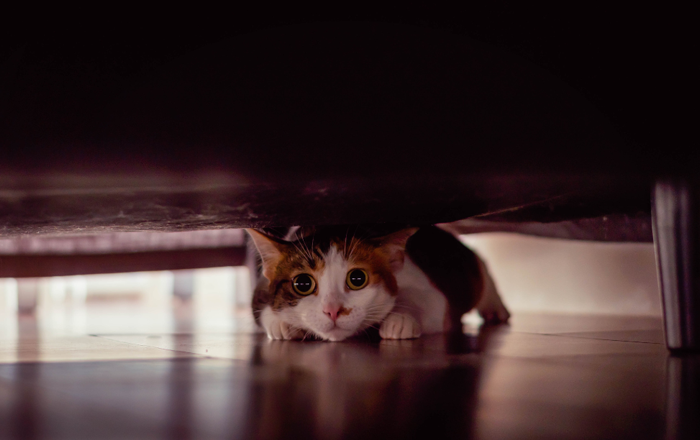
7. Make homecomings low key
When you return home, avoid overly exuberant greetings. Instead, wait until your pet is calm before offering affection. This teaches them that your return is a normal event, not a cause for heightened excitement.
8. Monitor and adapt
Each pet is unique, and their adjustment period may vary. Monitor their behaviour and be patient as they adapt. Some pets may need additional support, while others will quickly adjust to the new routine.
By preparing in advance and being attentive to your pet’s needs, you can make the transition to your new routine less stressful for your beloved cat or dog!
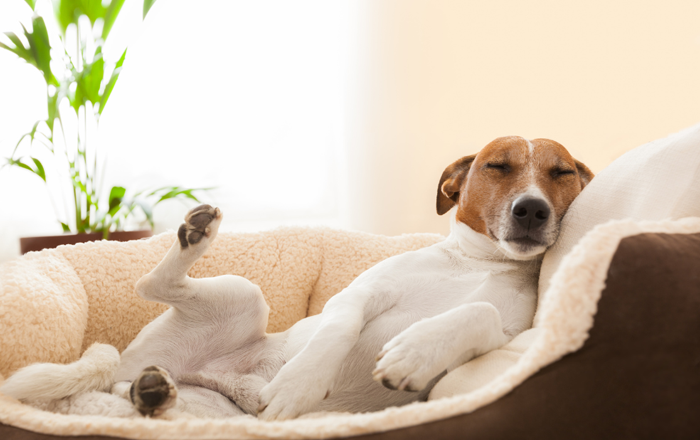
Always consult your vet on the best way to look after your pet. And to avoid unexpected costs, make sure your pet is insured.
Have a look at our pet insurance plans to choose the right insurance plan for your pet.
